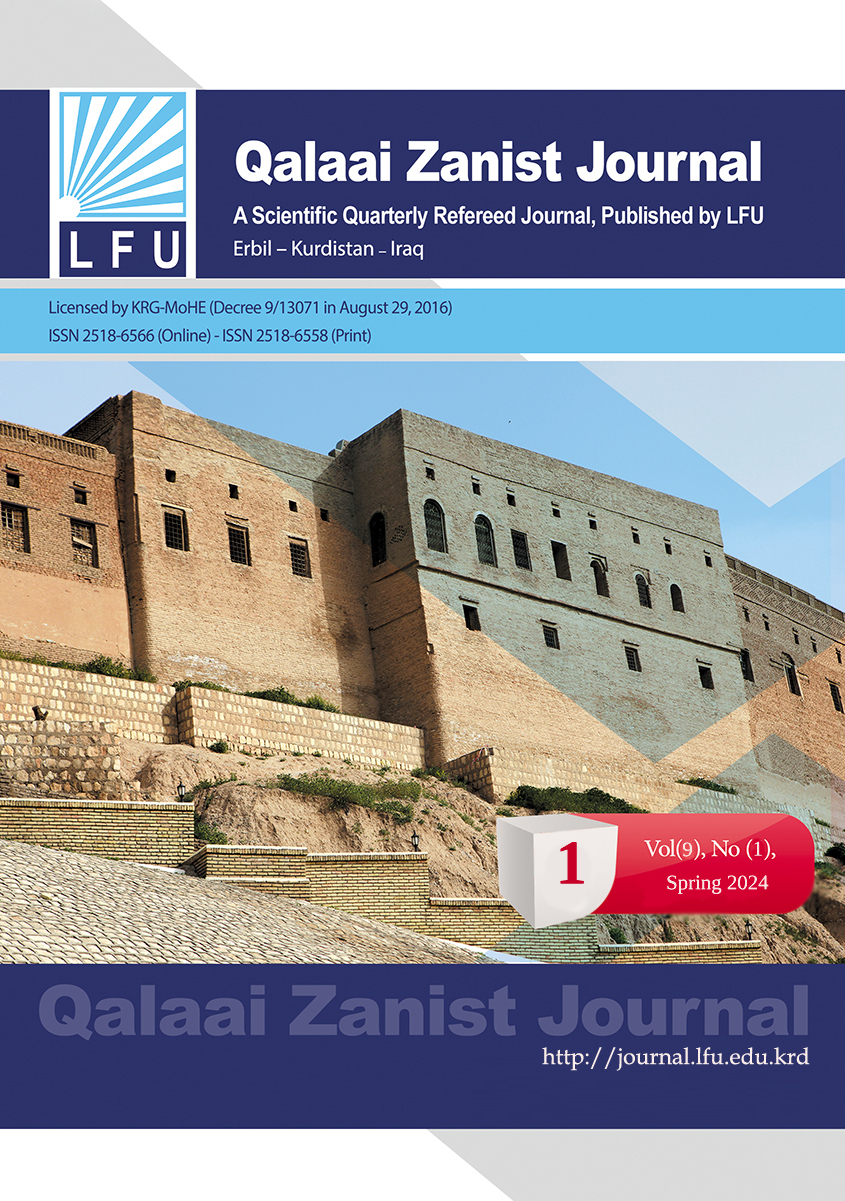Substitution & Ellipsis in Kurdish language Based on the theory of (Halliday &R. Hasan)
##plugins.themes.bootstrap3.article.main##
Abstract
This study which is entitled “Substitution and ellipsis in Kurdish Language” is devoted to the study and highlighting of the processes of substitution and ellipsis in Kurdish language, according to the principles of Haliday and Ruqia Hassan’s systematic functional linguistics, which is one of the theoretical branches of functional linguistics that has meaning (semantics) and function as its base. When the speaker/writer expresses a concept in the form of a series of sentences, he\she seeks to achieve a unified text; a text whose beginning is connected to the end. This can’t be achieved unless there is a complete connection between the component parts of the text. The tools that play a role in creating connection between sentences are called cohesive devices, which consist of a number of lexical and grammatical tools between the component parts of the text and these devices distinguish the text from a number of meaningless sentences. Within this theory, the grammatical devices are divided into four parts, they are: reference, substitution, ellipsis and conjunction. The scope of this research focuses on both the processes of substitution, ellipsis in Kurdish language.
Downloads
##plugins.themes.bootstrap3.article.details##
How to Cite
Copyright (c) 2024 Shadan Hama amin Mohammad، Sherwan Husen Hamad

This work is licensed under a Creative Commons Attribution 4.0 International License.

